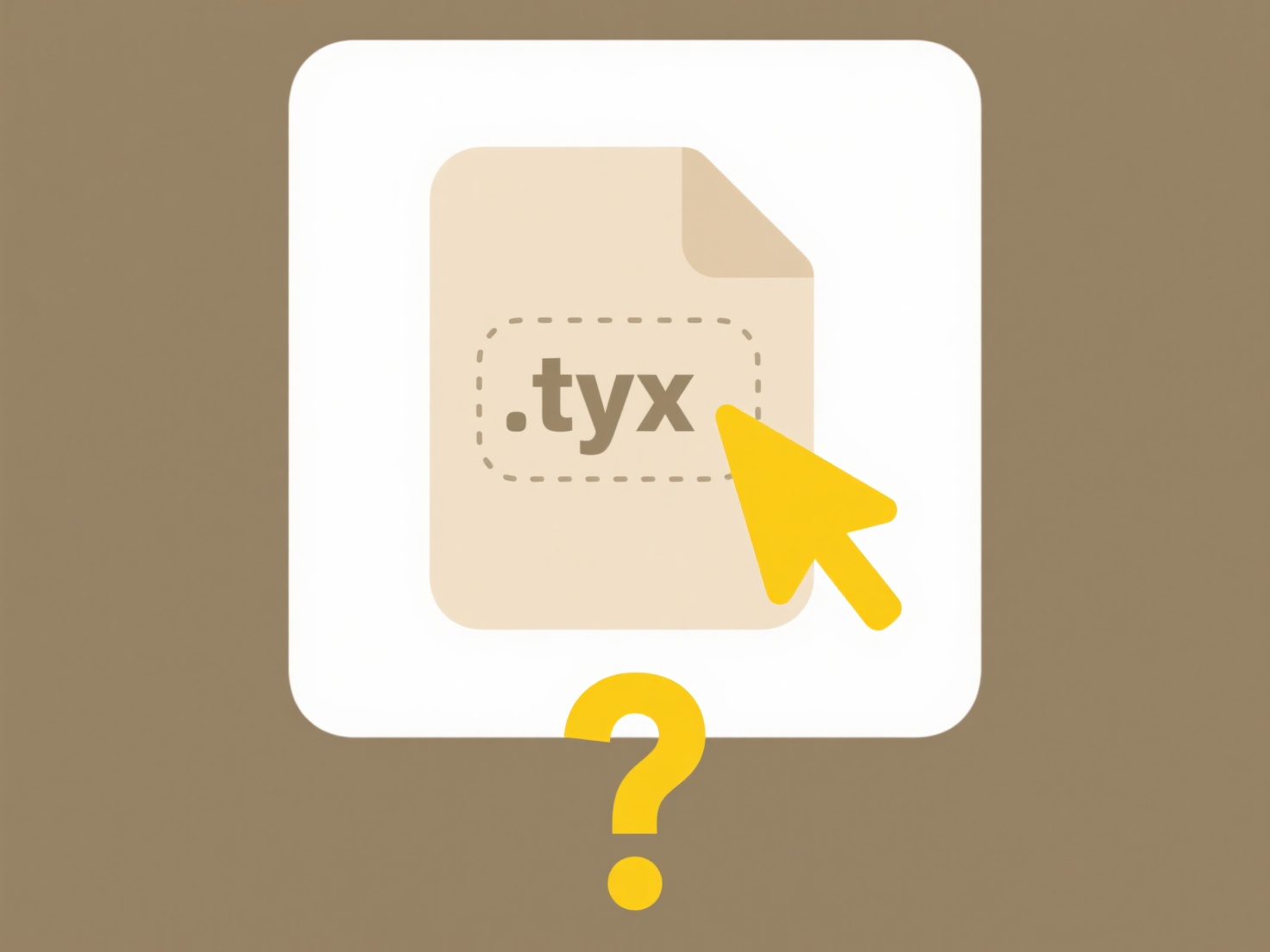
File naming conventions are systematic rules for naming files to improve clarity and organization. They involve using consistent structures with meaningful keywords, like project identifiers, dates, or content types, instead of vague names. Dates typically follow formats like YYYYMMDD for chronological sorting, and underscores often replace spaces to maximize compatibility. Consistent rules help anyone understand a file's contents at a glance without relying on memory or context.
For example, a marketing team might name a campaign graphic "BrandX_SpringCampaign_Banner_20231015.png" to identify the client, campaign, content type, and creation date. A research group could use "StudyB_ParticipantSurvey_Data_20230930.csv" to denote the study, data type, and collection date. Using tools like shared drives or cloud platforms requires these conventions, ensuring everyone finds or recognizes files instantly.

Effective naming saves time searching and reduces errors like overwriting files. Key advantages include better collaboration, efficient retrieval, and simplified archiving. However, challenges include ensuring team-wide adoption of the rules and balancing descriptiveness with manageable name lengths. Avoiding unnecessary abbreviations is crucial. As digital collaboration grows, clear naming becomes increasingly vital for workflow efficiency, minimizing confusion, and preserving institutional knowledge when team members change.
How do I make file names easier to understand for others?
File naming conventions are systematic rules for naming files to improve clarity and organization. They involve using consistent structures with meaningful keywords, like project identifiers, dates, or content types, instead of vague names. Dates typically follow formats like YYYYMMDD for chronological sorting, and underscores often replace spaces to maximize compatibility. Consistent rules help anyone understand a file's contents at a glance without relying on memory or context.
For example, a marketing team might name a campaign graphic "BrandX_SpringCampaign_Banner_20231015.png" to identify the client, campaign, content type, and creation date. A research group could use "StudyB_ParticipantSurvey_Data_20230930.csv" to denote the study, data type, and collection date. Using tools like shared drives or cloud platforms requires these conventions, ensuring everyone finds or recognizes files instantly.

Effective naming saves time searching and reduces errors like overwriting files. Key advantages include better collaboration, efficient retrieval, and simplified archiving. However, challenges include ensuring team-wide adoption of the rules and balancing descriptiveness with manageable name lengths. Avoiding unnecessary abbreviations is crucial. As digital collaboration grows, clear naming becomes increasingly vital for workflow efficiency, minimizing confusion, and preserving institutional knowledge when team members change.
Related Recommendations
Quick Article Links
Can I open a .pptx file in Keynote?
Yes, you can open .pptx files in Keynote. Keynote, Apple's presentation software for macOS and iOS, includes built-in su...
What is the purpose of .DS_Store on Mac?
.DS_Store is a hidden file automatically created by macOS's Finder application in each folder you open. Its purpose is t...
How do I compare text files to find differences?
Comparing text files involves analyzing two or more files to identify differences between their content. These differenc...